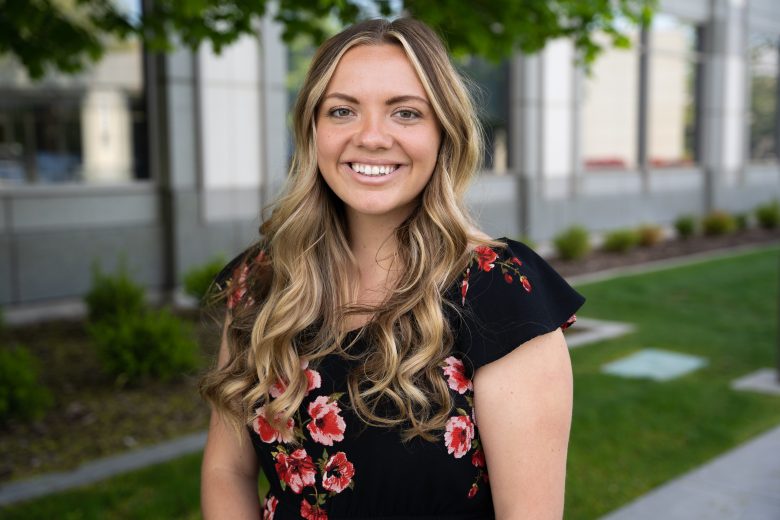Misti Timpson, PT, DPT, PhD, NCS, faculty in the Doctor of Physical Therapy (DPT) program at Rocky Mountain University of Health Professions, explains traumatic brain injuries, prevention, and treatment.
Timpson explains that many people with mild brain injury may recover on their own naturally without intervention. But in cases of moderate and severe brain injury, intervention is a key part of recovery.
Traumatic brain injuries (TBIs) can come about through a variety of collisions or impacts. For example, people serving in the military could suffer a TBI by being in close proximity to explosives. But Timpson explains that there are two age populations who have the highest risk of sustaining a TBI – infants, and people over the age of 65. With children, the greatest risk comes from shaken baby syndrome. For people over the age of 65, the risk comes from falling. But there are ways to prevent situations where TBIs would occur.
Preventing TBIs
Timpson says that wearing helmets is important for people participating in sports. In the case of people over the age of 65, it’s about finding ways to prevent falls. Timpson says, “47% of all TBIs are sustained in falls.”
Timpson explains that falls can occur as older people trip on rugs or slippery floors in their homes. Using an assistive device, like a cane or walker, can help, as well as balance programs. Timpson said older people “might not have the strength or range of motion when they start to fall.” She recommends they join “a balance prevention program so you can increase your strength or physical fitness.”
People who have sustained TBIs are more likely to have future TBIs. “If you’ve sustained a single brain injury and recovered, you are three times more likely to have a second brain injury. If you’ve had two brain injuries, you are eight times more likely to sustain a third brain injury,” said Timpson. That’s why prevention is so important.
Treating TBIs
Working alongside other institutions, Timpson received a Patient-Centered Outcomes Research Institute (PCORI) grant that funded her research to look at the best and most efficient interventions for faster and longer-sustained recovery. Through her research, she learned “there are better treatments than some treatments.”
Right now if someone sustains a TBI requiring hospitalization, explains Timpson, “they usually go to an in-patient rehab facility, and then medicare rules regulate that they participate in three hours of skills service a day, which can be exhausting if you’re disabled.” Those three hours of therapy are split up working with speech-language pathologists, physical therapists, and occupational therapists. So what interventions can we do to get them better? Timpson said, “Right now the train of thought is to do what they’re willing to do.” That could mean putting them on a bike, going on a walk, doing the stairs, getting them on and off the floor, and exercises to stretch their muscles.
But “the best treatments are pushing people to do things that are advanced,” said Timpson. “So direction changing, alternating gait speed, outdoor terrain, contextualized activities: real life activities.” It’s about “doing things we do in regular life, like make the bed, push the vacuum, carry laundry baskets. So they can get back to what they want to do.”
Timpson said engagement is key. “You have to have engagement. Asking people to do silly activities that aren’t important to them–they’re not going to do it.”
TBI Patient Support
“In addition to having engaging therapies, one thing that we found that correlates to better outcomes long term is family involvement,” said Timpson. She explains that when family members can come to therapy sessions, the physical therapist can teach them how to do certain tasks and help patients stay safe. In that way, families can support the recovery process. There are also support groups for caregivers, such as the Brain Injury Alliance of America, which has state and local chapters.
“Especially for clinicians, we know that intensity and salience matters for maximum recovery. So it might be harder to develop interventions and plans of care, but spend the time necessary so you are doing the very best for your patients that you can,” said Timpson.
Listen to the entire RMUpload episode here.



